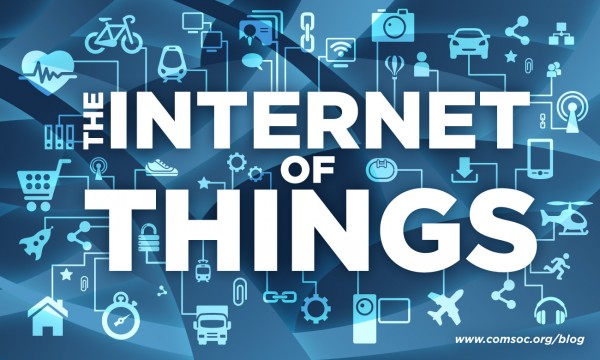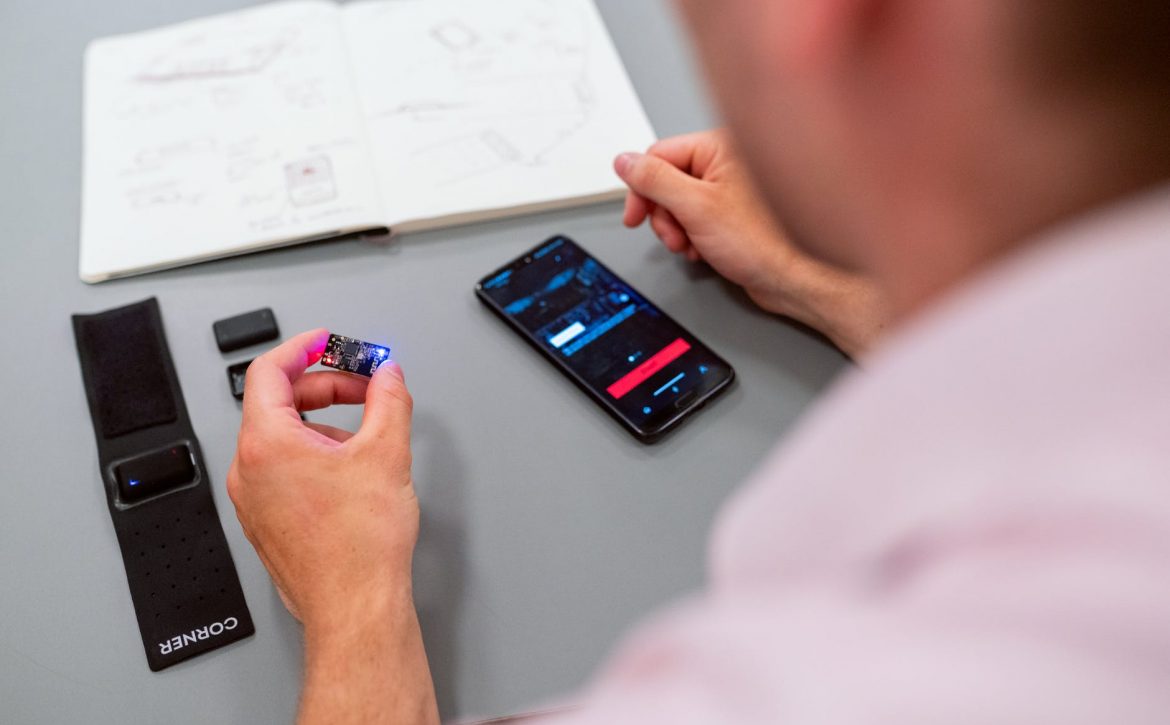Confluence Of Big Data and Mobile – The Next Revolution: Part 3
Final Part (3) of Confluence Of Big Data and Mobile – The Next Revolution by Vishwas Mudagal, CEO of GoodWorkLabs
Advertisements
Utilisation of Big Data can help companies increase their profits and make money from mobile advertising. While media ads moved from traditional print medium to web medium, in the coming years, ad spends will move from the web towards mobile. According to eMarketer report, mobile ad spending will increase from $8.4 billion in 2012 to $37 billion in 2016.
Johann Evans, CFO of Unified Data Management Specialist Cherry Olive mentioned that Facebook has implemented Big Data to improve its mobile advertising significantly. He also stated that, Facebook eventually entered the mobile advertising arena with a bang after lingering for a while, with the help of Big Data. The massive data analytics warehouse of Facebook provided the much required foundation for the research which has proved that by investing in Big Data, one can certainly reap profits. Today, mobile-only users on a monthly basis for Facebook are at a staggering 254 million and mobile ads account for 49% of ad revenue.
Health care
Today, healthcare organisations have started leveraging Big Data and mobile technologies to capture detailed and relevant information of the patients in order to get a comprehensive view into patient engagement & outreach, population health management and care coordination. On the other hand, wearables such as JawBone (bands that can be worn on the wrist), Samsung Smart-watch or not to forget Google Glass, transmit a lot of data to mobile apps through which one can keep track of calories burned, sleep cycles, glasses of water consumed, pulse, temperature and so on. By successfully harnessing the big data, one can unleash the potential for achieving some of the critical objectives for healthcare transformation, including increased access to healthcare, collaboration for improving patient care and outcomes and for building sustainable healthcare systems.
These were some of the applications in different sectors, but the uses of mobile big data are myriad in practically every industry and they are only going to increase. The confluence of Mobiles and Big Data is still at a nascent stage but it is rapidly growing, spawning a new service or a product almost every day to help our lives get better. But our current technologies have to transcend and evolve to even reap the benefits of the vast data that is going to emerge over the next decade. Even our workforce and our skills have to be upgraded to match this data explosion. On the other hand, it might come at a cost of our privacy. If all our actions are fed as data to a series of big data algorithms, companies might watch our every step and try to control / influence our minds for commercial purposes. So, it’s imperative that privacy laws evolve along with the growth of big data and its applications.
It’s safe to conclude that fuelled by the innovation and growth of mobile industry, big data will give rise to a ton of companies that will focus on giving every one of us a personalised life—personalised pricing, experiences, entertainment, education, healthcare, assistance, products, services—everything will be one to one and that is the beautiful of Mobile Big Data. It is the next revolution!
About Big Data services at GoodWorkLabs
GoodWorkLabs is a top outsourced product development company that is providing cutting edge consulting, services and product development in the mobile big data space. We are helping companies push the limits in big data and we are witnessing a strong growth in this sector. For consultation on big data on mobile, contact us.
Check out previous parts of the article at, Part 1 and Part 2.






